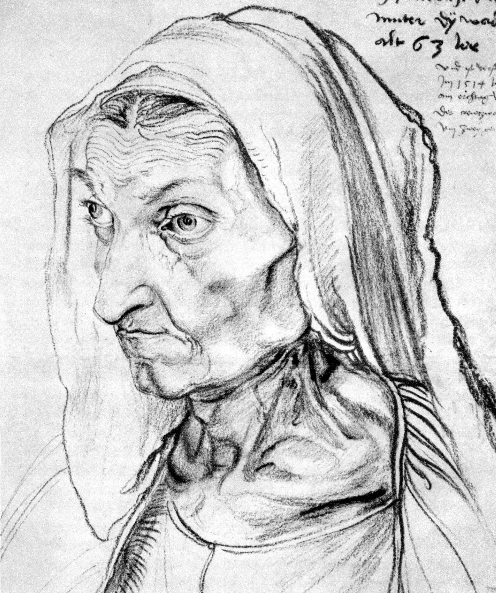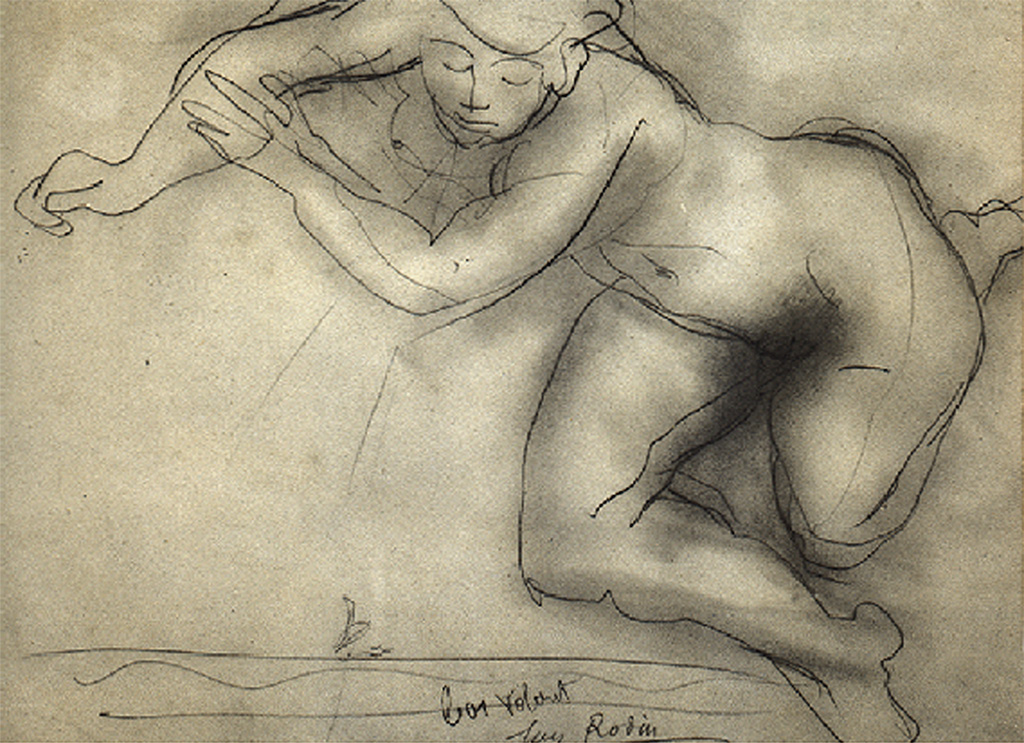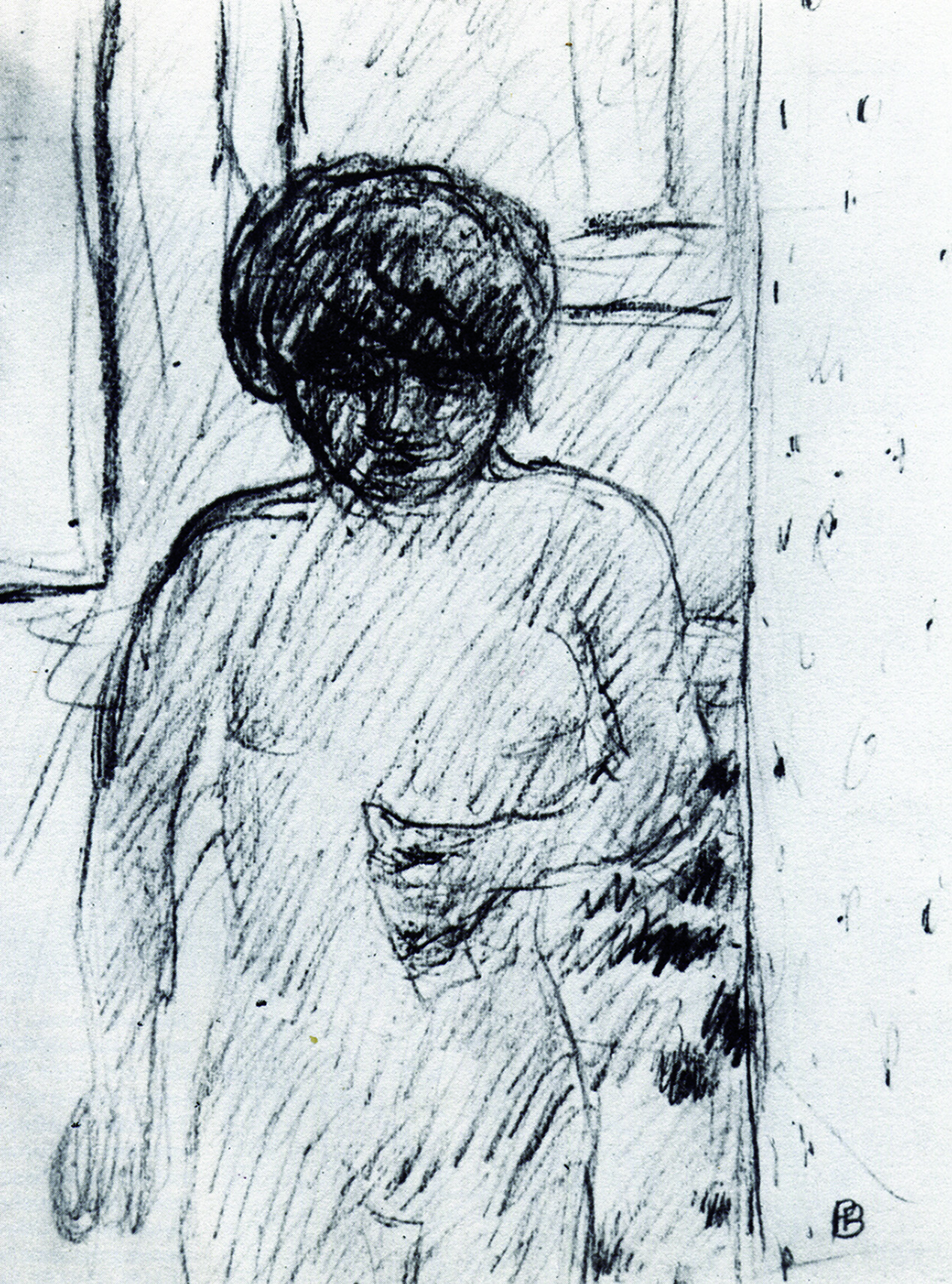Building on what has been learnt
Having got a feeling for using the “feel-system“, from Chapter 4 , (“The sketch and the feel system“) and experienced the challenge of making use of it when making drawings from observation in Chapter 10, (“The drawing lesson: action“) this ‘Post‘ provides a link to Chapter 11, (“The drawing lesson: conclusion“). Its role is to offer suggestions as to how to follow up and build upon what has been learnt already. In particular, an exercise is suggested that demonstrates the efficacy of the method, both for training the memory and for improving information pick-up speed without losing accuracy. With sufficient practise, these chapters on the “feel system” and its application in the drawing lesson, will enable artists to:
- Use literal accuracy as a tool for deepening awareness of appearances,
- Harmonise line-production with ongoing feelings.
- Extend the meaning of “accuracy” to include any ‘exaggeration‘, ‘distortion‘ or any synthesis that reflects the “reality” of current personal experience.
CHAPTER 11 : THE DRAWING LESSON-CONCLUSION
Images and quotations








Below are links to other chapters from my book, “Drawing on both sides of the Brain“, and to related material
VOLUME ONE : “DRAWING ON BOTH SIDES OF THE BRAIN”
BOOK 1 : “DRAWING WITH FEELING”
The chapters so far loaded:
- Introduction to book 1 of “Drawing with Feeling”
- Chapter 1: Accuracy versus expression
- Chapter 2: Traditional artistic practices
- Chapter 3: Modernist ideas that fed into new teaching methods
- Chapter 4: the sketch and explaining the feel-system
- Chapter 5: Negative spaces
- Chapter 6: Contour drawing
- Chapter 7: Copying Photographs
- Chapter 8: Movement, speed & memory
- Chapter 9: The drawing lesson : preparation
- Chapter 10 : The drawing lesson : action
- Chapter 11 : The drawing lesson : conclusion
BOOK 2 : “DRAWING WITH KNOWLEDGE”
The chapters so far loaded:
- Chapter 13 : Introduction to “Drawing with Knowledge”
- Chapter 14 : Linear Perspective
- Chapter 15 : Some core ideas
- Chapter 16 : Eye-line problems
- Chapter 17 : Head movement opportunities
- Chapter 18 : Axes of symmetry
- Chapter 19: Anatomy reviewed
- Chapter 20 : Structural basics
- Chapter 21 : Deformations – muscles, fat, clothes
OTHER POSTS ON DRAWING:
- An inspirational 19th century teacher and his widespread influence on Modernism in drawing and painting
- The surprising eye in diagrams
Full list of Posts in all categories
Go to top